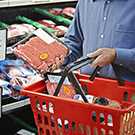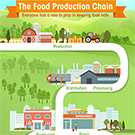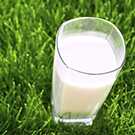Challenges in Food Safety
Sometimes the foods we love and count on for good health are contaminated with germs that cause sickness and can even be deadly. More progress is needed to protect people and reduce foodborne illness in America.
New challenges to food safety will continue to emerge, largely because of:
- Changes in our food production and supply, including more imported foods.
- Changes in the environment leading to food contamination.
- Better detection of multistate outbreaks.
- New and emerging bacteria, toxins, and antibiotic resistance.
- Changes in consumer preferences and habits.
- Changes in the tests that diagnose foodborne illness.
Antibiotic Resistance

Antibiotic resistance in foodborne germs is a growing challenge that is made worse by overuse of antibiotics in humans and food animals. Every year, over 400,000 people in the United States get sick from resistant Salmonella or Campylobacter.
Culture-Independent Diagnostic Tests

These tests allow doctors to rapidly determine the cause of a patient’s illness. However, these tests do not provide the information needed to find and prevent foodborne illness outbreaks and monitor disease trends.
How Food Gets Contaminated

Food contamination can occur at any point—during production, processing, distribution, or preparation.
- Page last reviewed: August 31, 2015
- Page last updated: September 8, 2017
- Content source:


 ShareCompartir
ShareCompartir
